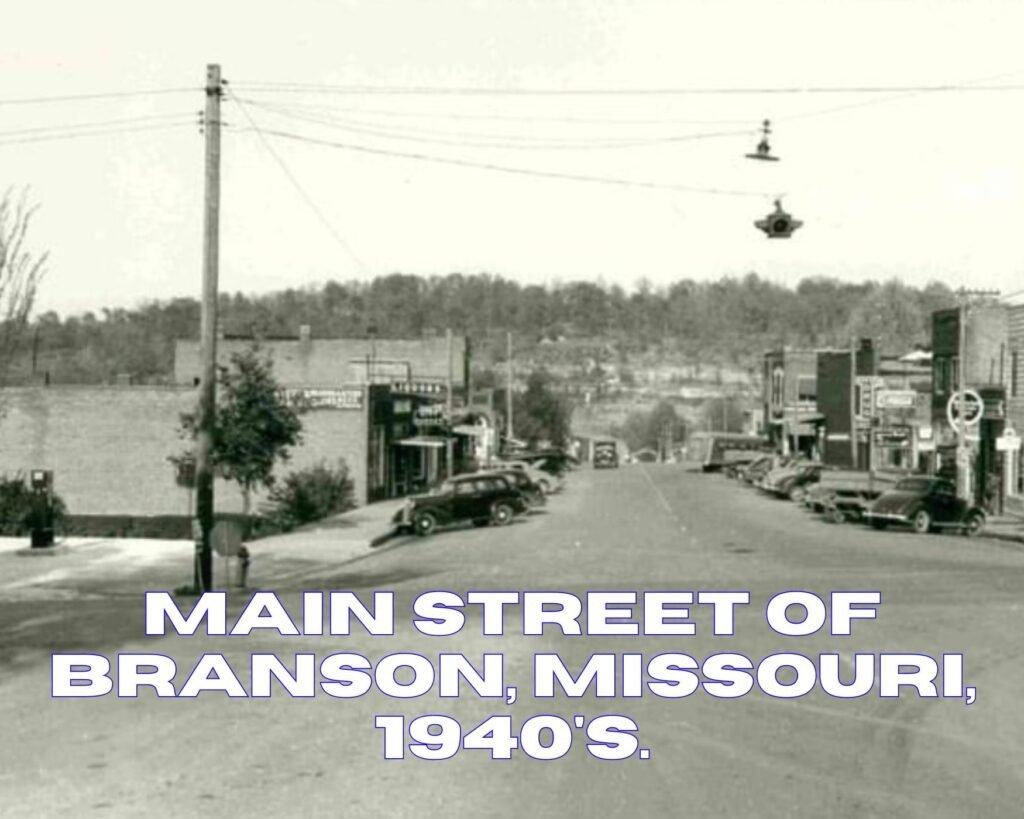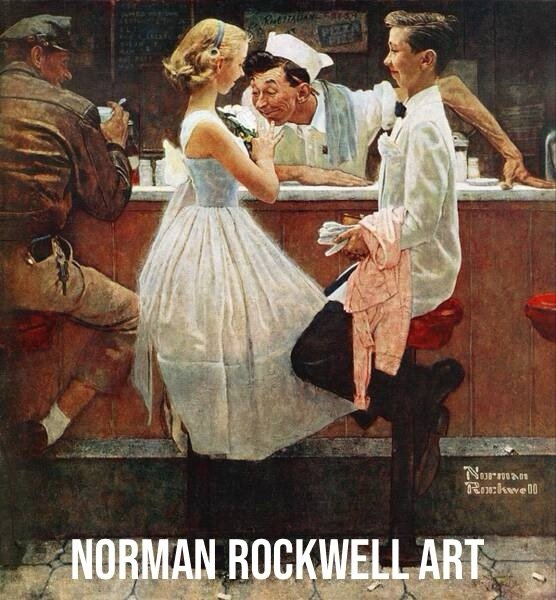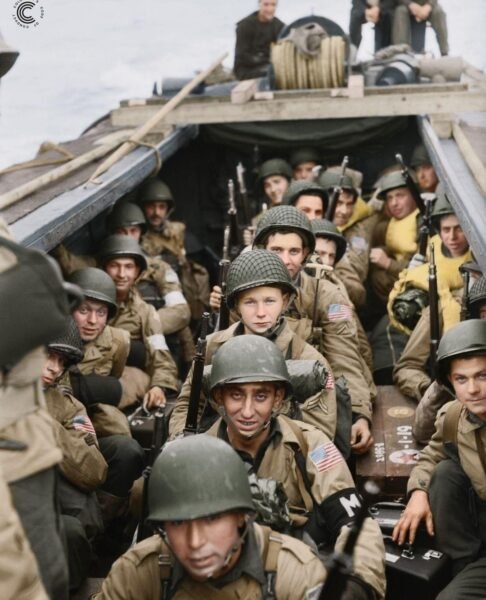As the dawn of the 1940s broke over America, the small town of Branson, Missouri, nestled in the Ozark Mountains, was on the cusp of a transformation that would etch its name in the annals of tourist destinations in the United States. While today Branson is renowned for its vibrant entertainment scene, thrilling theme parks, and breathtaking natural beauty, stepping back into the early 1940s reveals a Main Street that was the pulsing heart of a community poised for greatness.

Main Street: The Lifeline of Branson
In the 1940s, Main Street in Branson was more than just a thoroughfare; it was a vibrant lifeline that connected the people of this small town to each other and to the world beyond the Ozarks. This era, characterized by a sense of community and simplicity, saw Main Street bustling with local businesses, each with its unique charm and story.
One could argue that the spirit of innovation and entertainment that defines modern Branson was kindled in these early days. It was a time when the town’s residents and visitors alike gathered on Main Street to share stories, trade goods, and enjoy the simple pleasures of life in a close-knit community.
The Genesis of a Theme Park Legend
While Main Street offered the immediate joys of community life, the outskirts of Branson were nurturing what would become one of its most legendary attractions. In 1960, Silver Dollar City was opened to the public, marking the transformation from a roadside attraction into a theme park that celebrated the Ozark culture and heritage. Learn about the journey from roadside attraction to theme park, which began as a tribute to the spirit of the Ozark people and has since evolved into a world-renowned destination for family entertainment and adventure.
Mystique of the Ozarks: The Woman on the Bluff
The natural beauty of Branson and its surroundings has always been a cornerstone of its appeal. The early 1940s were no exception, with the White River and its majestic bluffs offering breathtaking views that captivated the hearts of all who witnessed them. Stories like that of the woman on the bluff overlooking the White River provide a glimpse into the past, reminding us of the timeless allure of the Ozarks’ landscapes and the mysteries they hold.
The Evolution of Adventure and Leisure
As Branson continued to grow and evolve, so too did its offerings for adventure and leisure. Today, attractions like the magical Butterfly Palace and the serene Still Waters Resort stand as testaments to the town’s commitment to providing unforgettable experiences for all ages. These destinations, while modern in their amenities and appeal, are rooted in the natural beauty and spirit of innovation that defined Branson in the 1940s.
A Legacy of Community, Innovation, and Natural Beauty
From the bustling activity of Main Street in the early 1940s to the sprawling theme parks and natural attractions of today, Branson, Missouri, has undergone a remarkable transformation. Yet, despite its growth and the passage of time, the essence of Branson remains unchanged. It is a place where the warmth of community, the spirit of innovation, and the breathtaking beauty of the Ozarks come together to create a destination like no other.
As we look back on the Branson of the 1940s, we are reminded of the enduring legacy of a small town that dreamed big. It is a legacy that continues to inspire and delight those who wander down Main Street, explore its attractions, and bask in the natural wonders that surround it, just as it did all those years ago.

Branson’s Historical Tapestry: Questions and Answers
As we delve deeper into the rich historical tapestry of Branson, Missouri, it’s natural to have questions about its evolution from a quaint Main Street community in the 1940s to the entertainment capital it is today. Here are some questions and answers that shed light on Branson’s fascinating history and enduring legacy.
How did Branson’s geographical location contribute to its early community life and eventual tourism boom?
Branson’s location in the heart of the Ozark Mountains provided a natural backdrop that was both isolating and inviting. In the early 1940s, its geographical setting fostered a tight-knit community with deep connections to the land and each other. As word of its natural beauty spread, the same rugged landscapes that defined daily life for its residents began to attract tourists seeking escape and adventure, laying the groundwork for Branson’s transformation into a tourism powerhouse.
What role did Silver Dollar City play in Branson’s development as a tourist destination?
Silver Dollar City was pivotal in Branson’s development, marking the transition from a small town with scenic beauty to a must-visit destination for family entertainment. Opened in 1960, it celebrated the Ozark culture with crafts, music, and a recreation of an 1880s mining town, providing an immersive experience that highlighted the region’s history and heritage. Discover the journey of Silver Dollar City, which became a cornerstone of Branson’s identity as a place where history and entertainment intersect.
Are there any legends or notable historical figures associated with Branson’s early days?
One intriguing piece of lore surrounds “the woman on the bluff,” a mysterious figure said to have watched over the White River from the towering bluffs above. Stories like these are woven into the fabric of Branson’s history, adding depth and mystery to its already captivating landscape. Read about the woman on the bluff for a glimpse into the past that captures the imagination and speaks to the region’s rich tapestry of stories and legends.
How has Branson maintained its connection to nature amidst its growth as a tourist destination?
Despite its evolution, Branson has remained deeply connected to its natural surroundings. Attractions like the Butterfly Palace and Still Waters Resort exemplify this commitment, offering experiences that highlight the beauty of the Ozarks and provide a counterbalance to the high-energy entertainment for which Branson is known. These destinations, along with the preservation of natural sites and outdoor recreational activities, ensure that Branson’s natural heritage remains a central part of its appeal.
What lessons can be learned from Branson’s history for other small towns aiming to become tourist destinations?
Branson’s journey from a small Main Street community to a renowned tourist destination offers several lessons. Firstly, leveraging unique cultural and natural assets can set a town apart. Secondly, fostering a sense of community and preserving historical and natural integrity are crucial, even as tourism grows. Lastly, innovation and adaptability, as seen in Branson’s evolution of attractions, are key to sustaining interest and ensuring that a destination continues to thrive.
Branson’s history, from its humble beginnings on Main Street to its status as an entertainment capital, is a testament to the enduring allure of its natural beauty, the resilience of its community, and the visionary spirit that has guided its growth. As we look back on this journey, we’re reminded of the power of place, story, and ambition to create something truly remarkable.
As an Amazon Associate we earn from qualifying purchases through some links in our articles.




